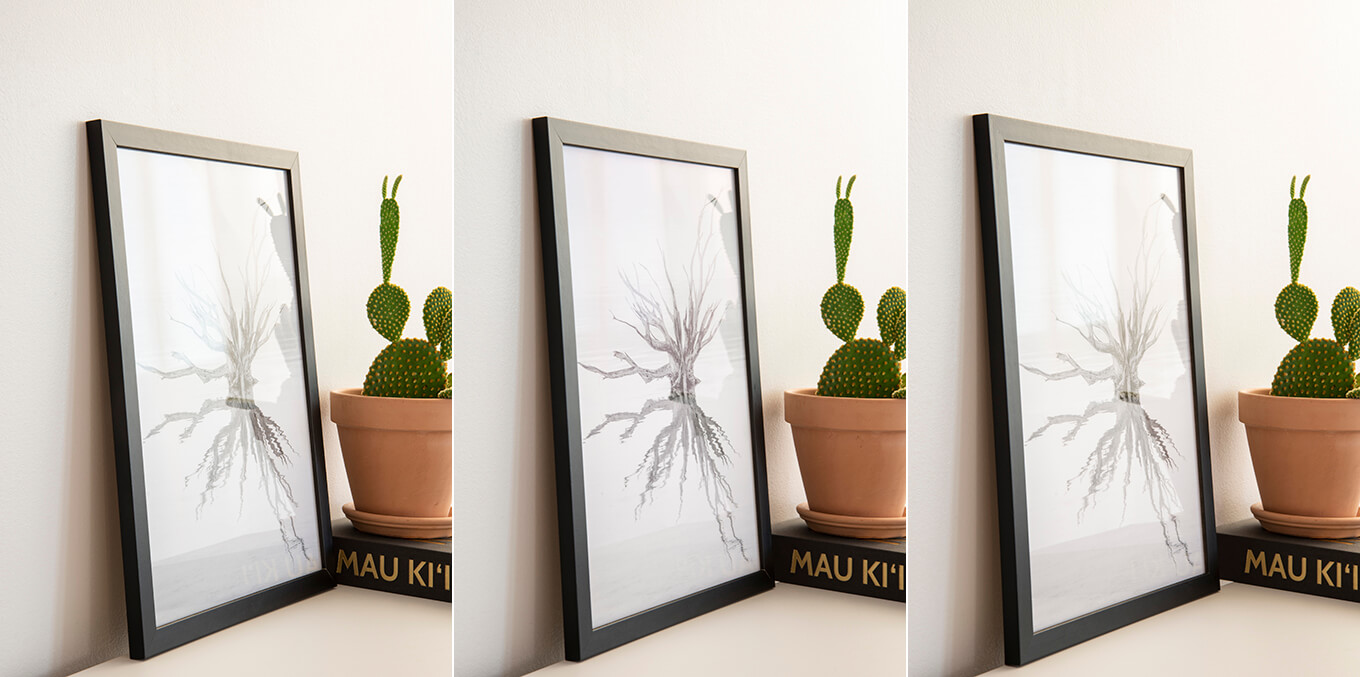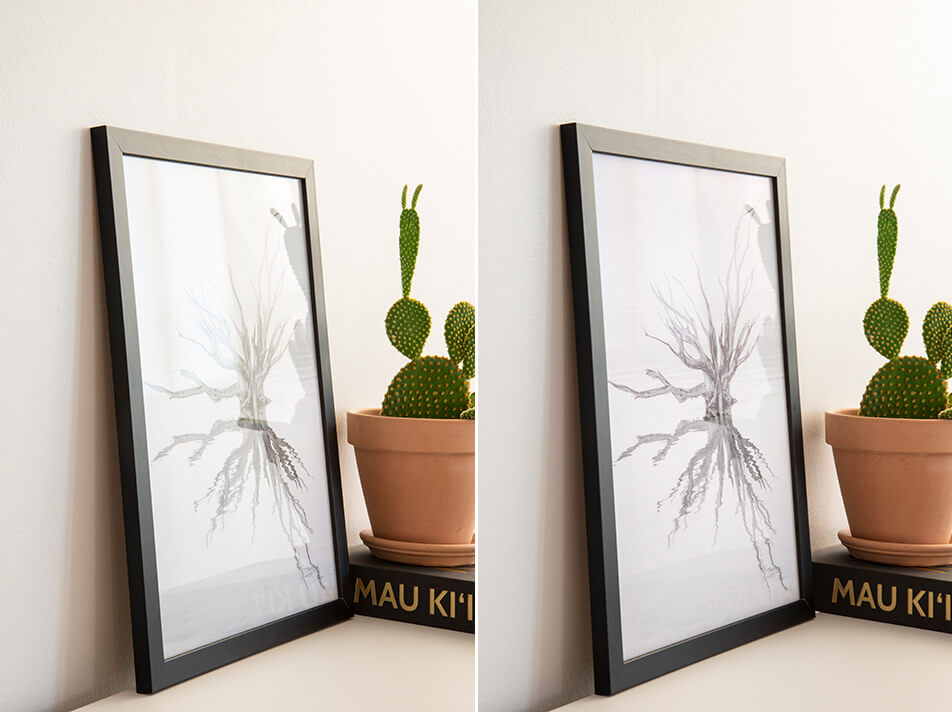Picture frames
Mounts
Why use a mount?
A mount highlights the artwork and provides an elegant frame, while also protecting the image from direct contact with the glass – for a result that’s both more beautiful and more durable.
- Accessories
Made to measure
Made to measure for a perfect fit
With us, you'll find frames, glass, mirrors, and mounts fully tailored to your measurements – so everything fits exactly the way you want it. Whether you have an unusual image size, want to fill a specific wall, or are looking for that special touch for your interior, we help you create the perfect solution. Custom-made, simple, and always with a focus on quality.
Accessories
- Mount accessories


